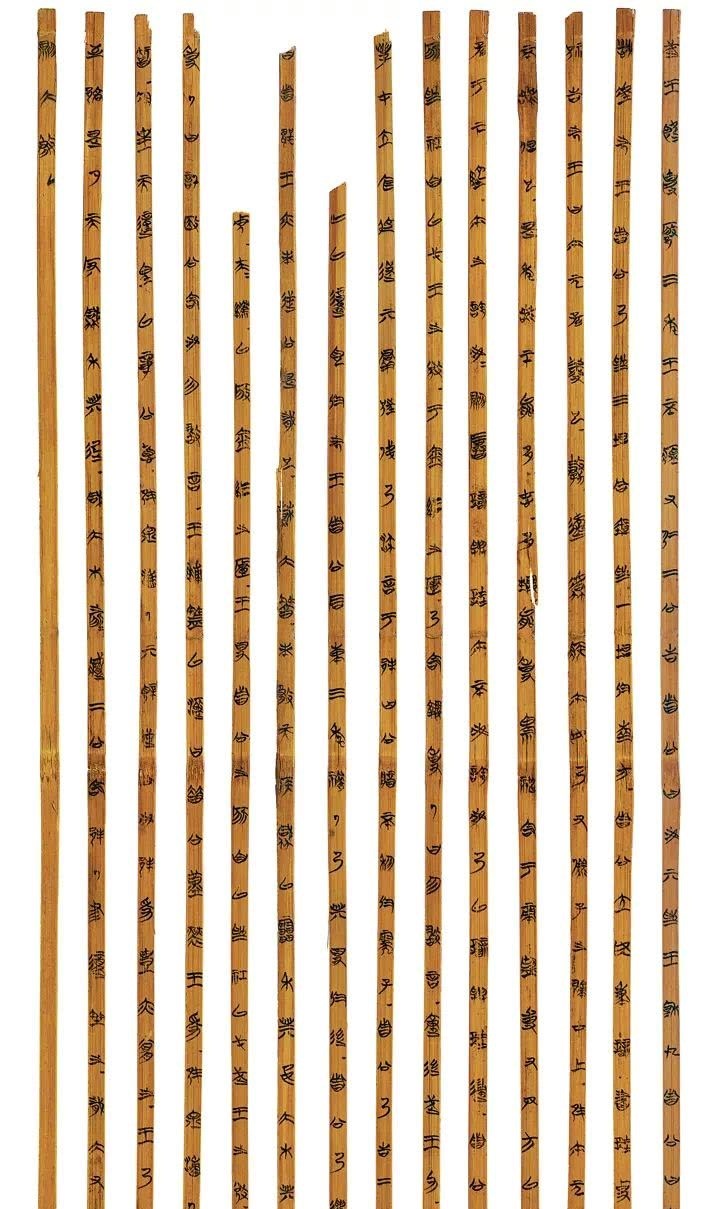Date: 2021-10-26

There have been more than 100 discoveries of bamboo and silk manuscripts in China since the 20th century, unearthing over 300,000 strips which contain substantial content. In 2008, Tsinghua University was collected a batch of remarkable bamboo slips, donated by Tsinghua alumni, named Tsinghua bamboo strips. The contents of Tsinghua bamboo strips are mainly books, including " Confucian classics" (經) and "history" (史) books. It has an extremely and distinctly important role in exploring early China and traditional culture. Moreover, Tsinghua bamboo strips offer exciting new materials that promise to significantly advance the study of philology and Chu State Characters.
The Book of Documents (Shang Shu) has been one of the most important classics of ancient Chinese literature and Confucian scriptures for more than two millennia. The author(s) and dating of Shang Shu, however, have long been debated. The transmission process of various versions of Shang Shu was particularly complex, and has long been a subject of controversy since the Han Dynasty. Due to the limited research materials, the pervious research on Shang Shu was based on existing version.
Several of the texts are similar to the received Shang Shu, a miscellany of documents from various dates in the first millennium BC that were transmitted as a canonical collection from the Han dynasty onwards. In some cases, a Tsinghua Bamboo Slips text can be found in the received Shang Shu, with only variations in wording, title or orthography. Such examples include versions of the "Jin Teng" (金滕), "Kang Gao" (康誥) and "Gu Ming" (顧命) chapters of the Shang Shu. The majority of Shang Shu-style Tsinghua Bamboo Slips texts, however, are not found in the received Shang Shu, either having been "lost" in the process of transmission, or else never having been incorporated into the canonical collection.
